Enjoy the silence, but always have a whisky stash: a cheat-sheet to the less-visited end of Scotland’s Outer Hebrides.

This is the edge of Britain. In the outer limits of the United Kingdom, life is a little different. The Uists (rhymes with tattooists) are the southerly string of the sparsely populated Outer Hebrides—a chain of more than 100 islands and small skerries 44 miles from the west coast of Scotland. Around 27,000 people are scattered across 15 inhabited islands, with 5,000 on the Uists. These rugged outposts were settled as far back as 8,000 BC, most likely by the Celts that populated the rest of Scotland. They were controlled by far-off governors for centuries—Scandinavian kings, Scottish clans, then British monarchs—but they’ve preserved their traditions: the Gaelic language, crofting (small-scale food production), sheep farming—and fierce pride in their isolation and resilience. Tourism is the new boom industry, which they hope will reverse the islands’ population decline. Derelict croft cottages are being renovated as self-catering housing for the (short) summer season, when people come for the simple life, the surreal, wild outdoors, and perhaps to spot some feral sheep or whales.

Prepare for cold, and solitude. A few years ago my partner got a contract to set up a radio station in the Uists. I rented office space in an old steadings building on Benbecula, and as the south of England melted in a freak heat-wave, I spent that summer wearing thermals and falling in love with the wild landscapes, powder-white beaches (better for horse-riding than sunbathing) and the peaceful remoteness. Life is slow here. The local joke is that the islanders don’t have an expression that conveys as much haste as mañana mañana. So take your time and enjoy the pace. It’s one of the many reasons to visit, and to keep coming back.


Always have a whisky stash. Despite the sparse crowds, there can be a surprisingly busy social life on the Uists. People often come over unannounced, so be sure to have a bottle of whisky (Scottish, not Irish!) on hand, because the offer of a ‘wee dram’ is expected—and much appreciated. An unexpected visitor and the freedom simply to drop in as you’re passing is one of the endearing features of island life.

Find the music. Music isn’t just a hobby here. The islands have a strong, proud musical tradition, and many young people start early on their bagpipes and accordion skills, and sing traditional Gaelic songs. (Gaelic is widely spoken here, and for many, it’s their first language.) Night-time social life is dominated by ceilidhs (‘kay-lee’, from the Gaelic word for ‘gathering’). These are nights of folk music, singing, and sometimes raucous dancing. Around here they’ll feature performances from a mix of professional and amateur local musicians, and the quality is high. Check out Claddach Kirkibost community center, Taigh Chearsabhagh Museum and Arts Centre, and Kildonan Museum for an introduction.


You’ll have the road to yourself. Unsurprisingly, there isn’t much traffic. The largest cluster of people on the Uists is Balivanich, a village of 450 or so on Benbecula. There is one main road that runs north to south, splits around the village, then becomes what locals call the lollipop, looping around the island of North Uist. (Causeways link many of the islands.) There is a daily bus service, but renting a car or bike is essential if you really want to explore the islands, hike the hills, stroll the beaches and get a feel for the place.

Don’t take offence at the one-finger greeting. On the road, locals give the one-finger wave—lifting an index finger off the steering wheel to passing drivers. It’s not an insult: they’re just saying hello. Lift your finger and ‘wave’ back.
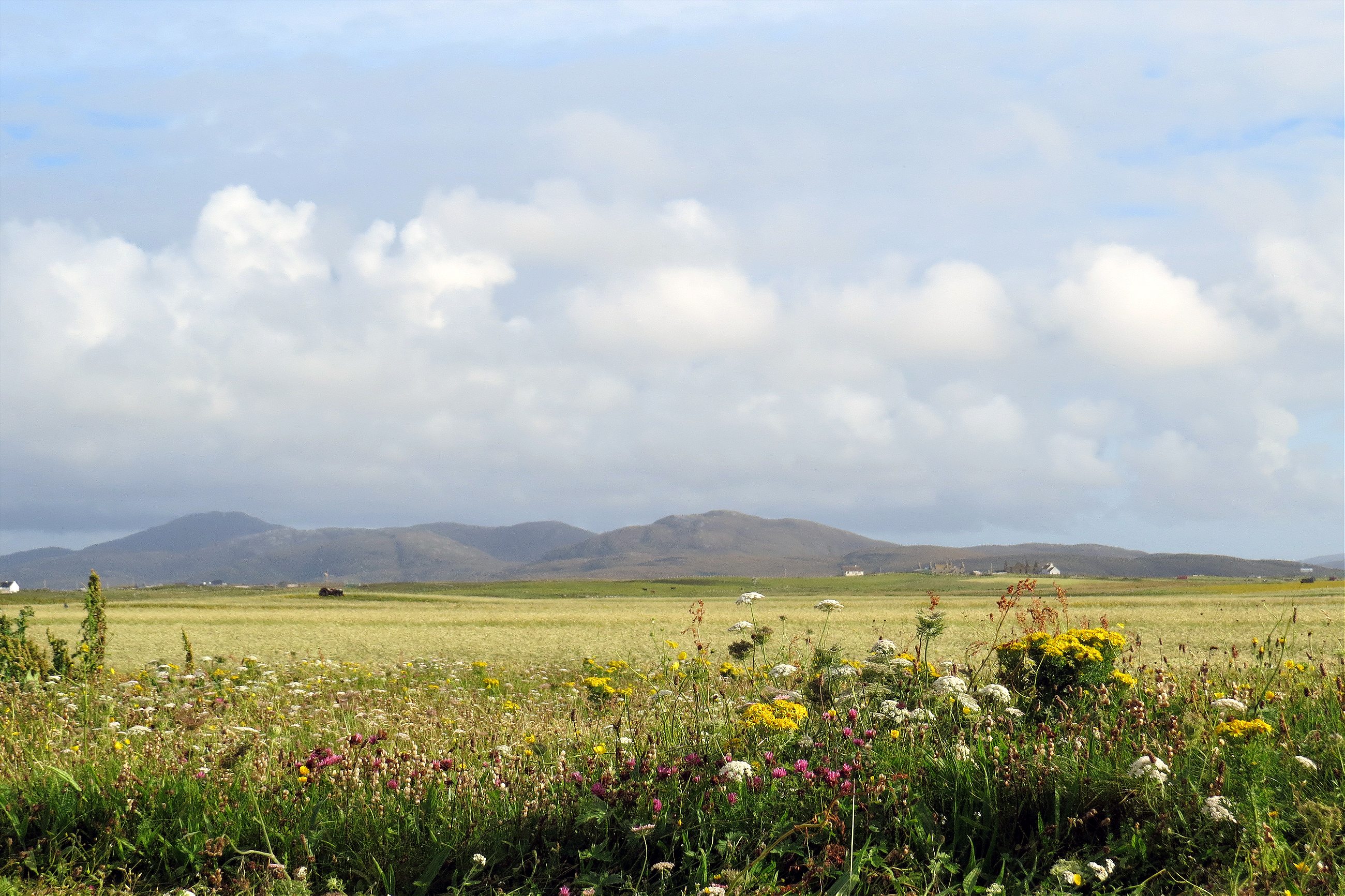

Stock up on supplies in Balivanich. The few facilities on the Uists—anywhere—are in this village on the island of Benbecula. It’s not pretty: it was an army base until the late 1990s, then civilians moved in. The Armed Forces recreation center was reborn as a Spar supermarket, and East Camp now houses the radio station, the riding stables, and a few other businesses. Balivanich has two small, well-stocked supermarkets, a bakery (with very good rock buns), a bar (with nothing to recommend it other than it sells alcohol), a park, a restaurant, a petrol station, a post office, a bank, and a very good, modern hospital. Despite the proximity to nature and the crofting history, today most people here shop in the supermarket and eat much the same stuff as their mainland Scotland countrymen. Not a lot grows here, and the growing season is very short. Most food comes here via the ferry, which doesn’t run in inclement weather, so running out of fresh milk is a real possibility.
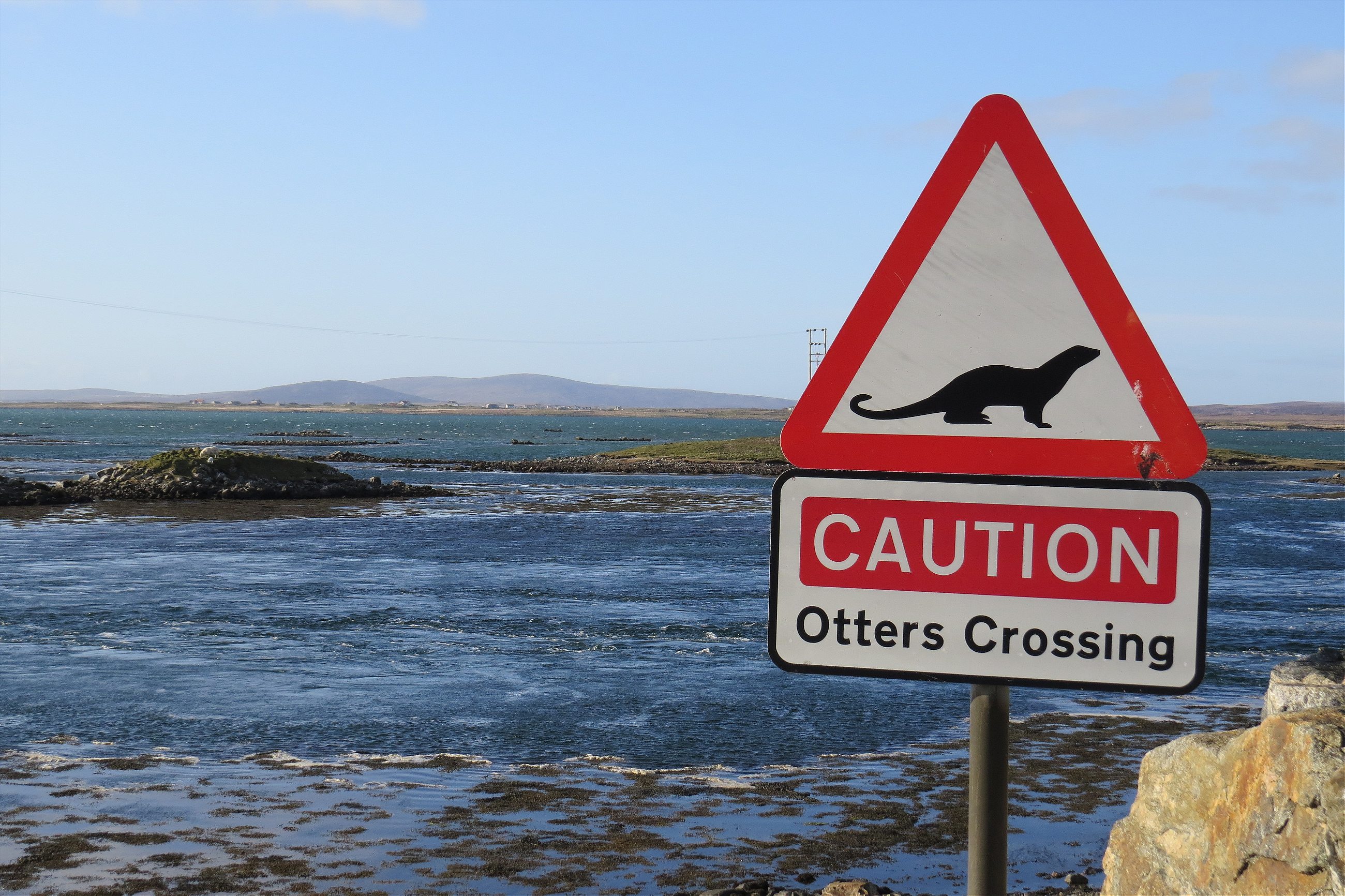

You won’t find a lot of dining-out options. There are only a handful of places to eat out, and closing times hover around 9pm, so it’s not a big pastime on the Uists. There are a few hotels and restaurants showcasing boat-to-table shellfish: the local scallops and lobster are considered some of the best in the world (Spain buys almost all of it.) The luxury Langass Lodge hotel on North Uist has a restaurant, but the tourist prices keep most locals away. There are of course a couple of fish-and-chip shops scattered up and down the Uists—and if you must have egg-fried rice, there is a Chinese takeaway in Balivanich, run by one of the few non-European residents.

But you won’t need to dine out. Limited dining options means most visitors go for self-catering accommodation. This way you can feast on local creations such as homemade oatcakes; sausages laced with Irn Bru (Scotland’s national, bright orange soft drink); peat-smoked salmon and scallops from smokeries. There’s also a slightly richer daytime eating scene. I like the Nunton Steadings Tea Room—a beautiful old building just outside Balivanich—for homemade soup and their excellent tray-bake. Claddach Kirkibost on North Uist, a community centre and a café, sells homemade jam and chutney. The carrot cake at the Lochboisdale Café is famous and sells out fast, so if there’s any left, snag it.
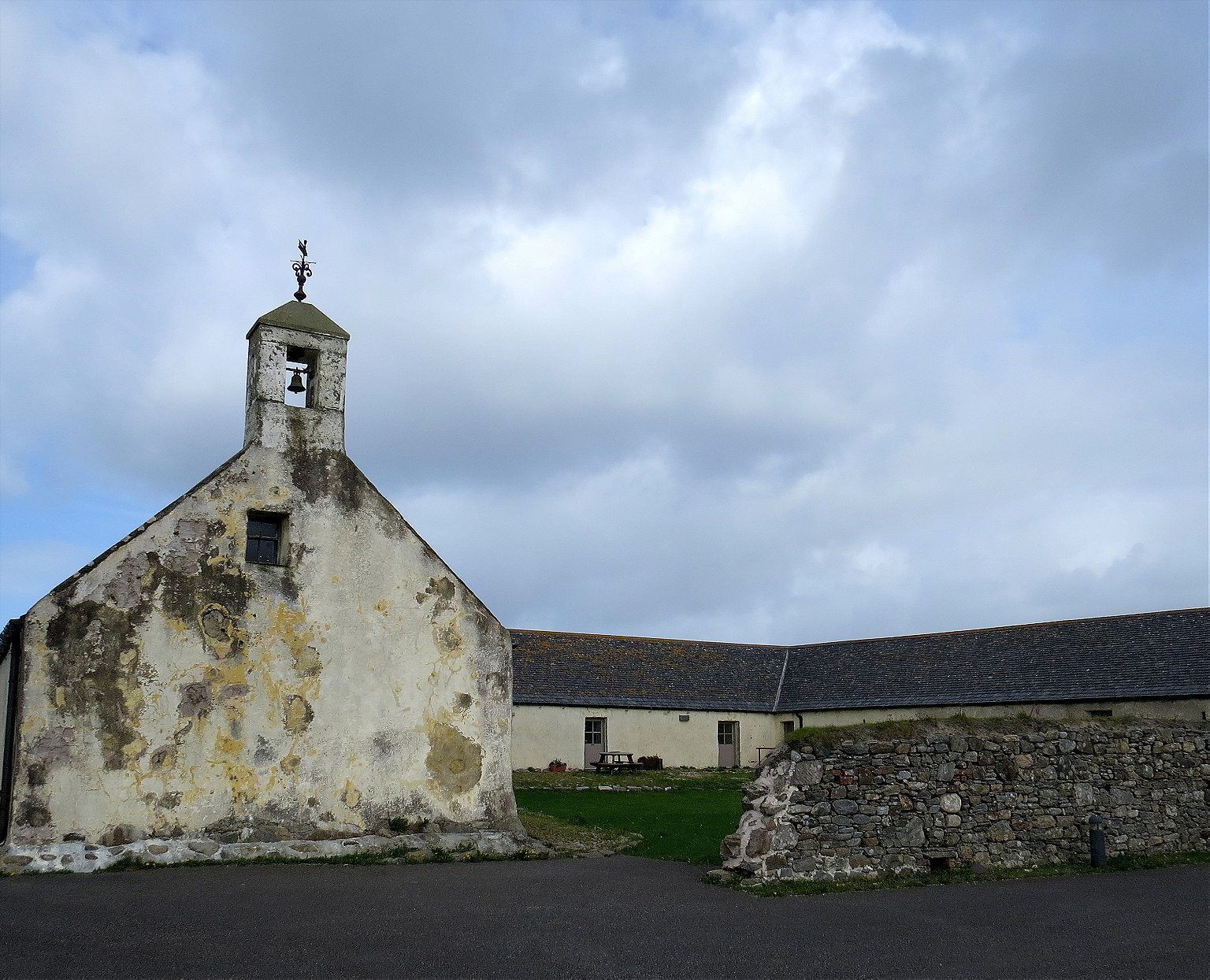

Don’t mention religion, or football. Football (fine, soccer!) in Scotland is ruled by the ‘Old Firm’—Glasgow’s storied football clubs, Celtic and Rangers. These clubs have followers all over Scotland aligned—in general—by sectarian allegiance, with Catholics in the Celtic camp and Protestants supporting Rangers. Protestants tend to be based in North Uist, and Catholics in South Uist. Benbecula has more of a mix. There is no love lost between the two clubs’ fans, and the sporting rivalry can spill over. Best to avoid both subjects.

Visit Cluckingham Palace for eggs. Forget the supermarket and take advantage of one of the many locals offering free-range hen and duck eggs. I get mine from Cluckingham Palace on Benbecula, where the hens spend their nights in a heated house, and their days roaming fields and beaches.
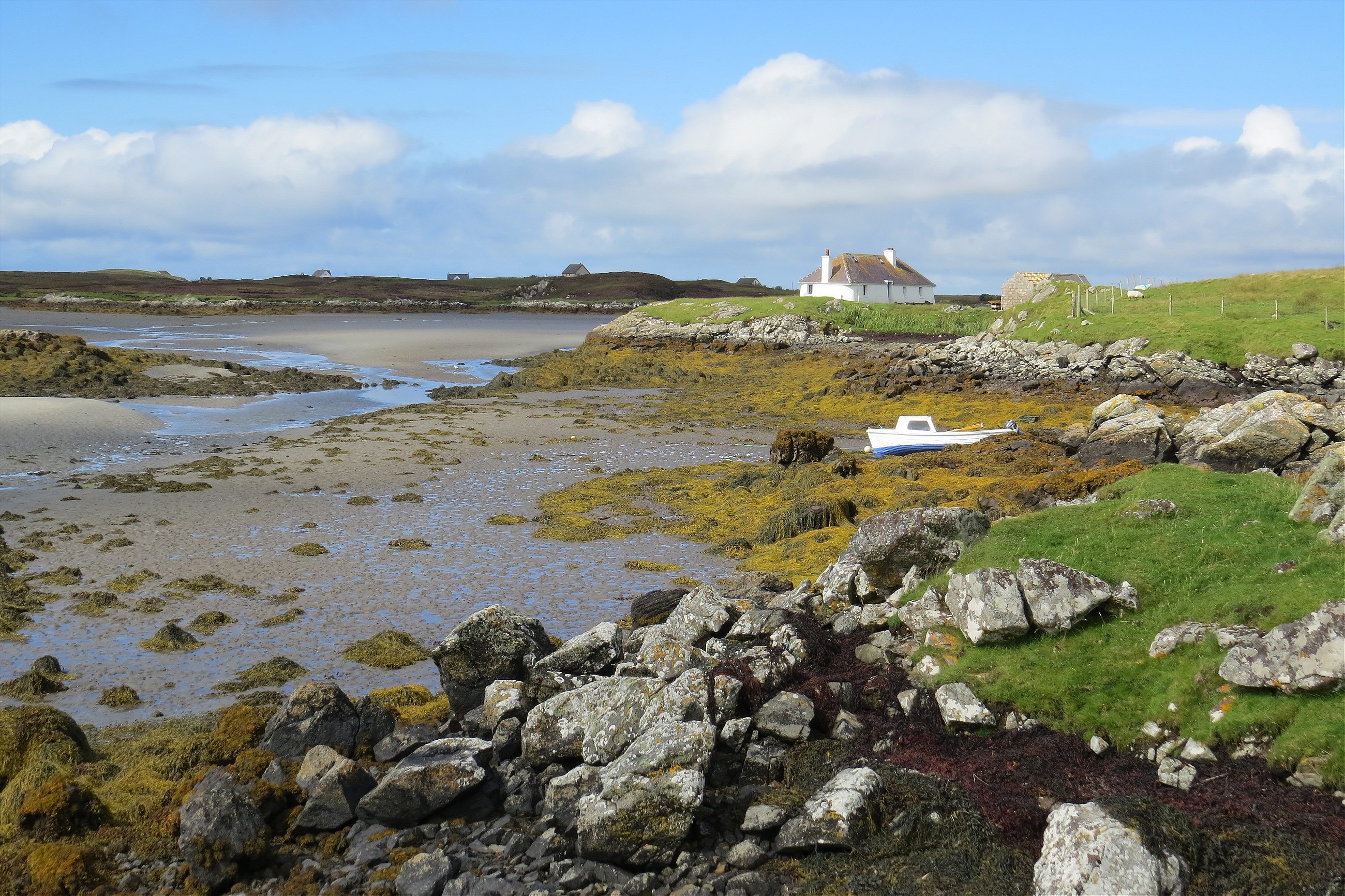

Whisky (or film) buffs should hit Eriskay. The island’s pub, the Am Politician, is named after a cargo vessel that sank near the island and washed 28,000 cases of whisky onto the beach. The story of how the locals looted the wreck became the famous book and 1948 film Whisky Galore. The pub is also famous for its fish-and-chips. Bonus: Eriskay (pop. 150) makes a fine soccer pilgrimage. FIFA recently named its bumpy, hillside soccer pitch one of eight “remarkable” places to play the beautiful game.

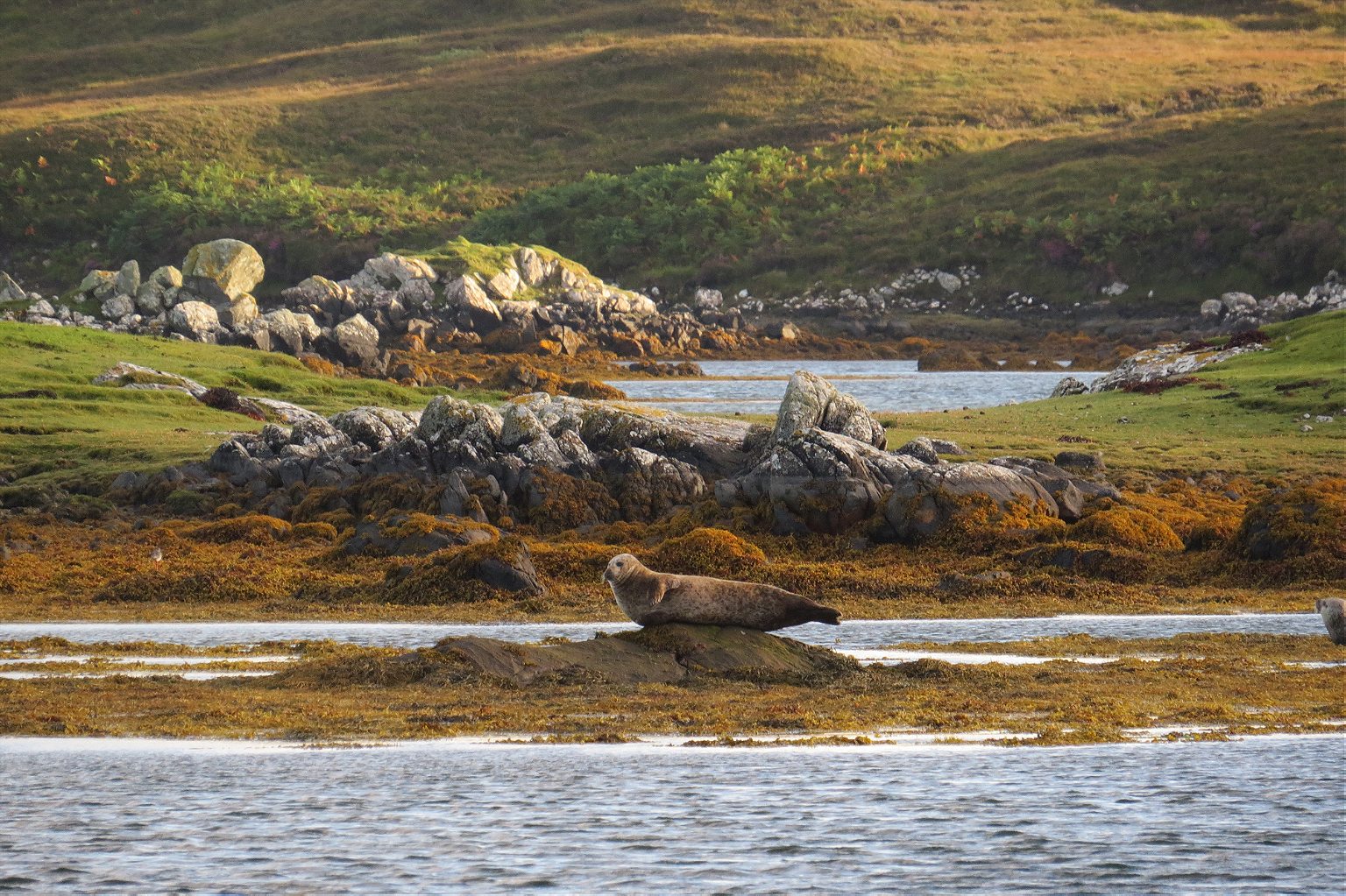
Unlock the secret vegetarian option. As a veggie, I soon discovered my only menu options around here are chips (fries) or mac and cheese. Stepping Stone restaurant on Benbecula is no exception; mac and cheese has been their veggie item for as long as I’ve visited the islands. But when after a few years I finally decided to brave the carb fest, I discovered they could also whip up a delicious red pepper and mushroom stroganoff. But you have to request it: they have no plans to add it do the official menu. (I’ve asked).

Catch a movie on the run. If you’re lucky, the cinema might be in town. It’s a large, blue lorry (truck) that rolls up once every six weeks, and stays for about a week in each place as it works its way around the islands. Even if the inevitably small selection of movies at The Screen Machine aren’t your cup of tea, the novelty of a full at-the-movies experience inside an 18-wheeler should make up for it. But you’ll have to buy your popcorn and snacks at the local shop: the Screen Machine does not sell any food, to ensure that moviegoers’ cash is spent locally.
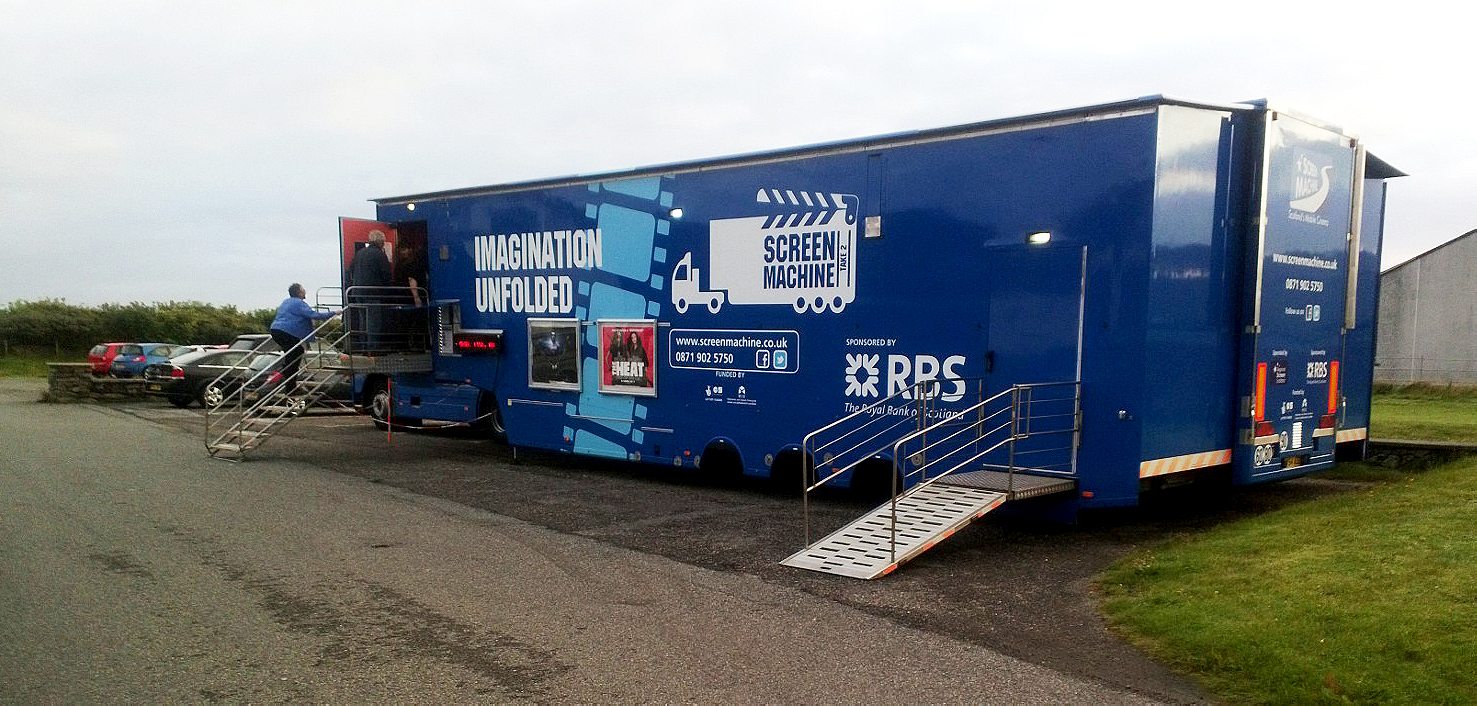

If the Uists are too busy for you, try St Kilda. Scotland’s first UNESCO heritage site may be in the middle of nowhere (an isolated archipelago another 40 miles from the Outer Hebrides) but as one of the few UNESCO sites assigned both cultural and natural significance (for its ancient stone houses and surreal landscape) it’s on par with Macchu Picchu and Greece’s Mount Athos. It was inhabited (with great hardship) for two millennia, then became a Navy outpost, and shelled by the Germans in 1918. The last inhabitants were evacuated in 1930. North Uist and Harris are the best places from which to reach St Kilda—and Europe’s biggest gannetry—as long as you are prepared for a two-hour boat ride. On the way you’ll see puffins, seals, gannets, and maybe even dolphins. And once there you can visit the old village, hike, and spot some of the feral Soay sheep.
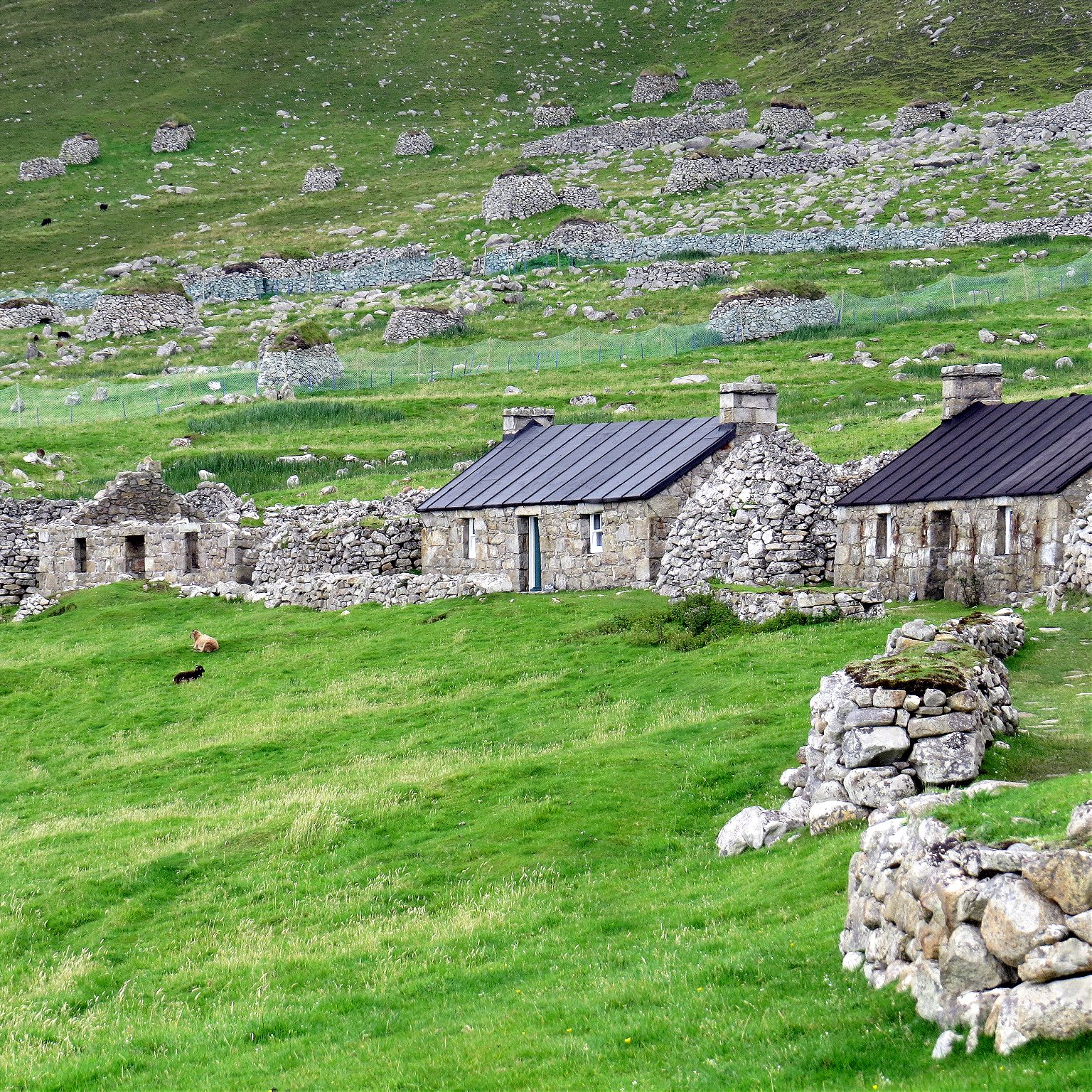

The Uists are surprisingly accessible. A flight from Glasgow into Benbecula Airport takes less than an hour. There are ferry links in Malaig or Oban on the Scottish mainland, and it’s a two-hour ferry ride from Barra, at the southern tip of the Outer Hebrides, to the Uists. But to arrive in true island style, you can fly into Barra from Stornoway and land on the world’s only beach runway. (The catch is that it’s also one of the world’s most treacherous landing strips.) If navigating the winds and tides sounds too dicey, you can go to Traigh Mhor just to watch the flights land—but make sure you’re not sitting on the beach when they do.
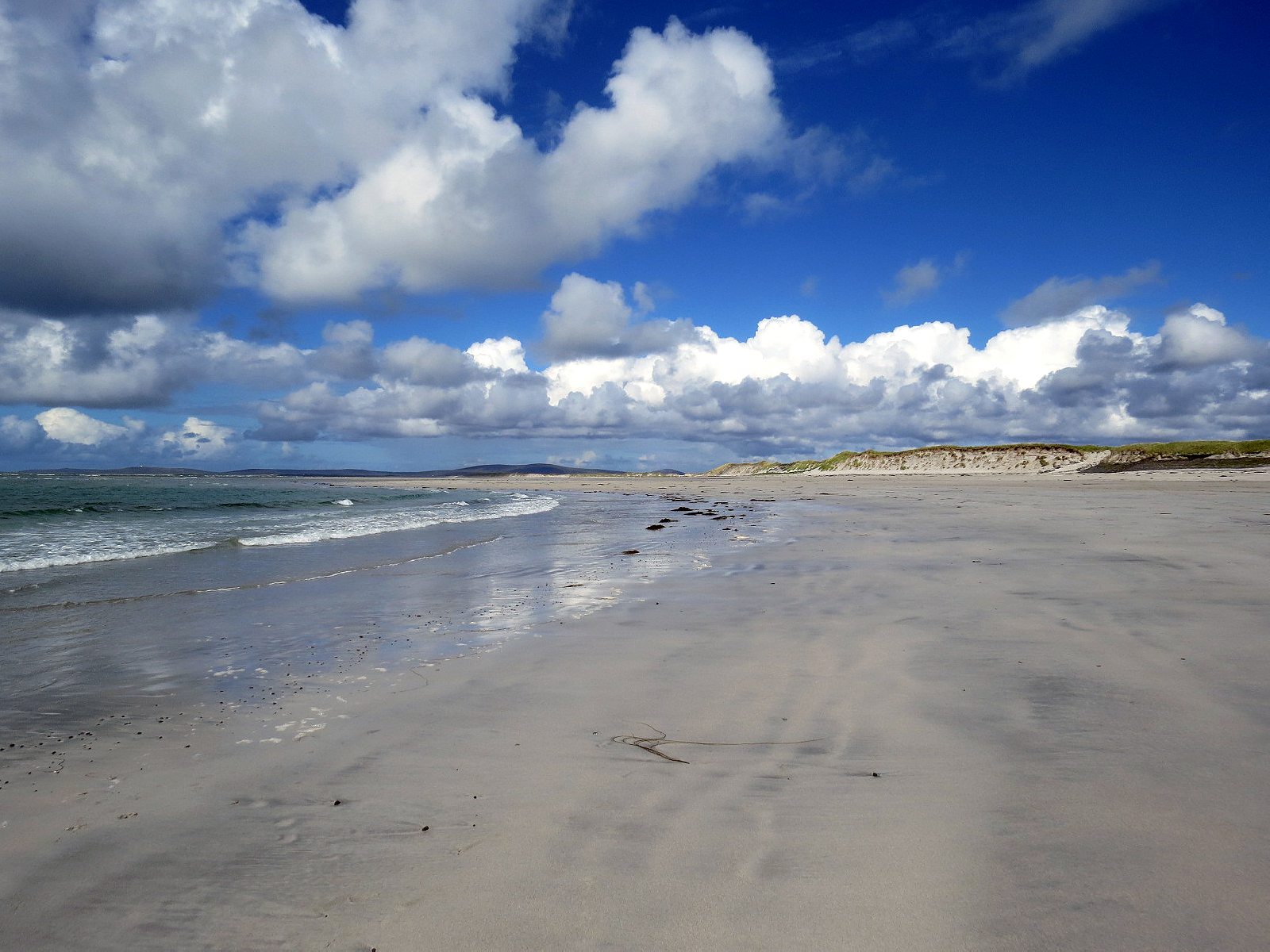

You’ll always be an incomer. The population is made up of natives, and what are known as ‘incomers’. If you are an incomer you’ll always be an incomer, and chances are all your friends will be incomers too. Incomers and natives don’t tend to mix: in general the natives think the incomers are meddlesome, and the incomers think the natives are resistant to change.
